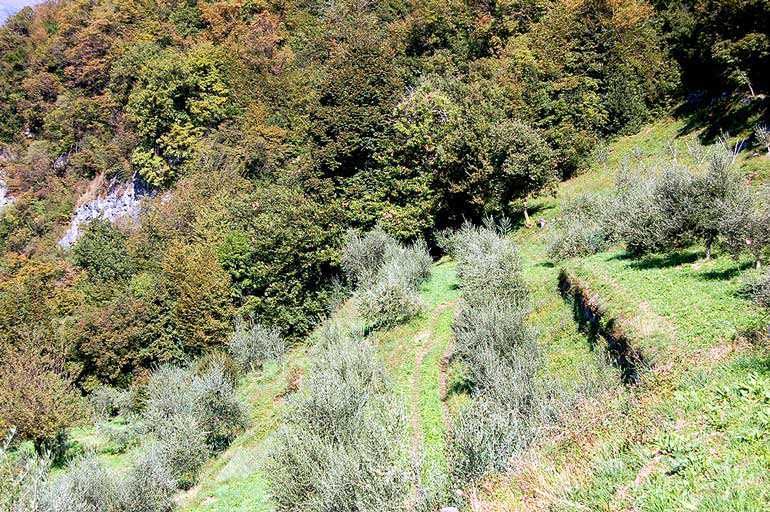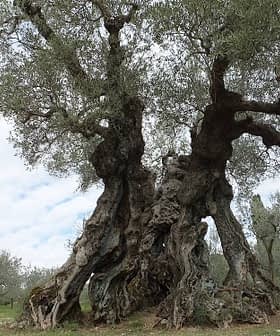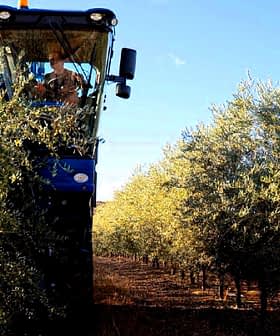Heroic Cultivation on Lake Como
Lake Como is the most beautiful lake in the world according to the Huffington Post, which in its 2014 ranking defined it as “blessed with a superb microclimate.”
Despite its northern latitude, the lake — also known as Lario — has a mitigating effect on the climate of its shore and banks that stimulates the development of a lush flora, rich in Mediterranean and even subtropical species.
We perceive these issues as stimulating challenges
Massimiliano Gaiatto, his wife Luciana and his right-hand man Erman Maggioni produce the Gaiatto extra virgin olive oil DOP Lombard Lakes Lario under peculiar conditions.
In 2005, Massimiliano obtained some rugged plots of land that had been abandoned since the 1960s. He came from a very different career (he runs a company that produces bicycle helmets) and his unpretentious initial idea was to create a small olive grove dedicated to the family consumption.
He began to explore the art of olive growing with passion, studying everything from pruning to managing a mill, and became a professional taster to understand how to improve his product.
Currently, he cultivates about 7 acres of olive groves scattered in the province of Lecco between the two villages of the shore of Varenna, and the hill of Perledo. Six hundred and fifty young plants of Frantoio and Leccino are flanked by a small percentage of Bianchera, a variety that Gaiatto transplanted from the area of Friuli to give an interesting contribution in bitterness and pungency to his blend.

Steep terraces of the Gaiatto grove near Lake Como, Italy.
The support of the olive grove has become essential for the protection of slopes and the safety of soil subject to landslides, as the steep banks of the lake, once cultivated and then abandoned, were highly susceptible to erosion and structural failure.
He told me that when he was planting the first olive trees with his collaborators, they were hit by a landslide that left them miraculously unharmed. The narrow escape gave him a further motivation to continue and he found a better area, the one that now contains the grove.

“The olive trees that we planted, and a hundred plants that we found in the properties, helped to retain and sustain these hard lands,” he said. “The constant maintenance of the terracing and reinstatement of the retaining walls are necessary since, especially over these years, they suffered the erosive effect of heavy precipitations followed by periods of drought”.
We understand how the preservation of the territory also has an aesthetic value in the beautiful landscape of the lake.
The first terraces are located on the lake banks at 220 meters above sea level. The wider terraces can contain at most two rows of plants. The small plots that compose the olive grove often have arduous accesses and some areas are difficult to reach.
Through a 45-degree slope we reach the higher plants at 500 meters above sea level, a considerable elevation for olive tree cultivation. Access with large machines (e.g. for mowing and recovery of pruning residues) is impossible. Only hand-held harvesters can be used, as they can be maneuvered by a single operator.
Moreover, exposure to the sun is limited and in winter it decreases dramatically, since the sun begins to go down at 4 pm.
“We perceive these issues as stimulating challenges,” our producer affirmed. “We cannot compete in terms of quantity, so the goal is to reach the highest level of quality. We are smaller than a niche and the high price of our product is justified by the great efforts made to produce an excellent EVOO,” he said, his words confirmed by awards from Crown Maestrod’olio 2015 at ExtraLucca.
This month the heroic harvest begins again.









